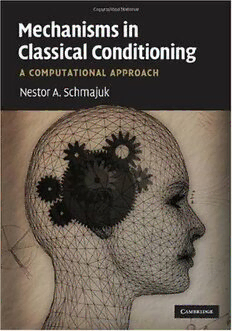
Mechanisms in Classical Conditioning PDF
505 Pages·2010·3.338 MB·English
Most books are stored in the elastic cloud where traffic is expensive. For this reason, we have a limit on daily download.
Preview Mechanisms in Classical Conditioning
Description:
What mechanisms are involved in enabling us to generate predictions of what will happen in the near future? Although we use associative mechanisms as the basis to predict future events, such as using cues from our surrounding environment, timing, attentional, and configural mechanisms are also needed to improve this function. Timing mechanisms allow us to determine when those events will take place. Attentional mechanisms ensure that we keep track of cues that are present when unexpected events occur and disregard cues present when everything happens according to our expectations. Configural mechanisms make it possible to combine separate cues into one signal that predicts an event different from that predicted individually by separate cues. Written for graduates and researchers in neuroscience, computer science, biomedical engineering and psychology, the author presents neural network models that incorporate these mechanisms and shows, through computer simulations, how they explain the multiple properties of associative learning.
See more
The list of books you might like
Most books are stored in the elastic cloud where traffic is expensive. For this reason, we have a limit on daily download.
